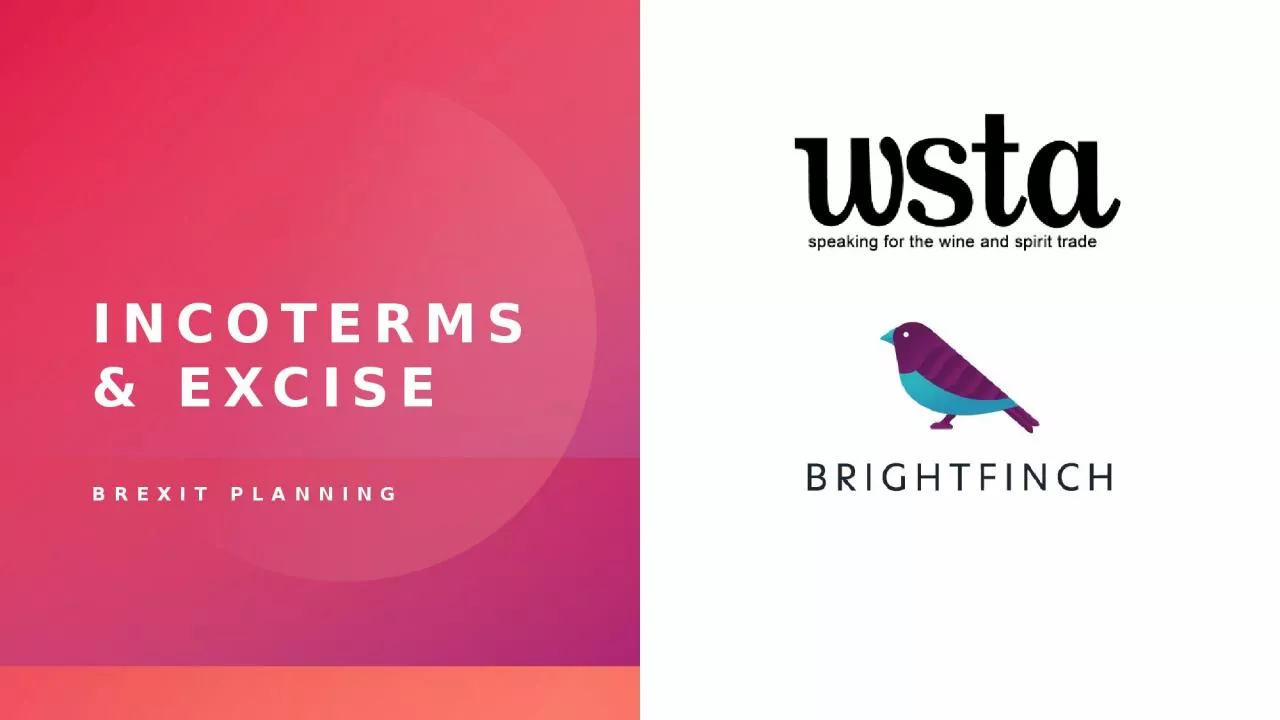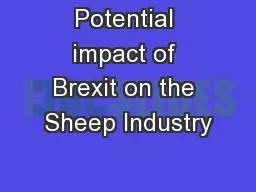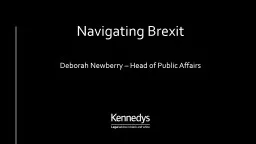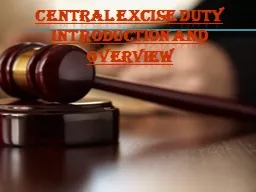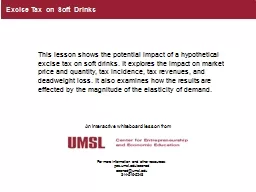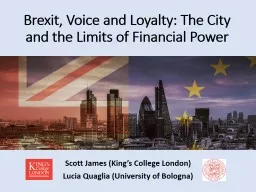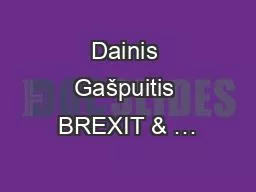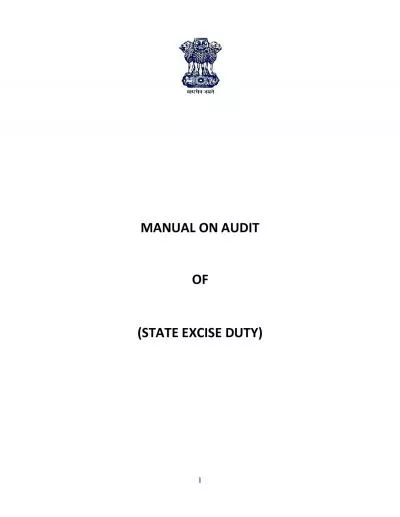PPT-Incoterms & Excise BREXIT PLANNING
Author : WheresMyPizza | Published Date : 2022-08-02
About brightfinch INTRODUCTION The guidance focuses on three common scenarios where UK companies procure wine from EU member states The guidance outlines what we
Presentation Embed Code
Download Presentation
Download Presentation The PPT/PDF document "Incoterms & Excise BREXIT PLANNING" is the property of its rightful owner. Permission is granted to download and print the materials on this website for personal, non-commercial use only, and to display it on your personal computer provided you do not modify the materials and that you retain all copyright notices contained in the materials. By downloading content from our website, you accept the terms of this agreement.
Incoterms & Excise BREXIT PLANNING: Transcript
Download Rules Of Document
"Incoterms & Excise BREXIT PLANNING"The content belongs to its owner. You may download and print it for personal use, without modification, and keep all copyright notices. By downloading, you agree to these terms.
Related Documents

